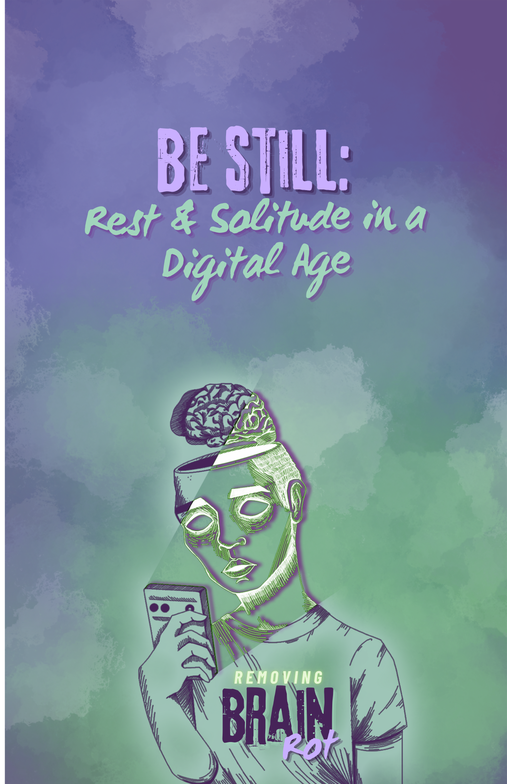
The Age of Distraction: When Stillness Disappears
Our modern world is inundated with digital noise and endless streams of information. From the moment we wake, smartphones, TVs, and laptops clamor for our attention. Research shows that when our brains are bombarded with too much information and too many alerts, key mental functions begin to decline. Overload and distraction impair our ability to think conceptually, see the “big picture,” form memories, and even empathize with others[1][2]. In order to function at our best, the brain actually requires periods of quiet rest – times of stillness and single-task focus – to process and integrate information[3]. Yet such stillness has become increasingly rare.
Many of us find silence uncomfortable. One revealing study asked people to sit alone in a room with no devices, nothing to do but think. The result? A majority found it so unpleasant that they opted to give themselves mild electric shocks rather than endure 15 minutes of quiet solitude[4][5]. The researchers were “gobsmacked” at how far people would go to avoid stillness[6]. This study underscores a troubling reality: we have lost the art of being still. Instead, we reach for entertainment or stimulation at every moment of potential boredom.
From a young age, we are conditioned to constant input. Educators observe that children today often have “little space…for reflecting deeply on any one thing, let alone being still,” such that when they are given a moment of silence, it “feels strangely uncomfortable”[7]. We’ve become so accustomed to the frenetic pace of digital life that quiet contemplation seems alien. Psychologists note that even the presence of a smartphone can occupy mental resources and reduce our focus and memory, a phenomenon dubbed “brain drain”[8]. In a digital environment, our brains are essentially being “rewarded not for staying on task but for jumping to the next thing,” reshaping neural pathways toward short attention spans[8]. In short, constant connectivity has left us habitually distracted, making true stillness increasingly difficult.
Always Entertained, Never Rested...
CLICK HERE TO READ THE WHOLE ARTICLE
